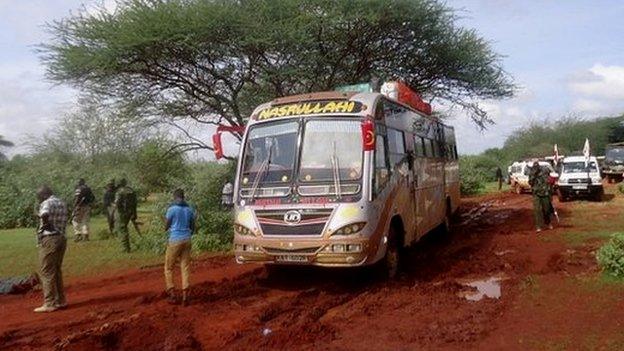Jihadism: Tracking a month of deadly attacks
- Published
Jihadist attacks killed more than 5,000 people in just one month, an investigation by the BBC World Service and King's College London has found.
Civilians bore the brunt of the violence, with more than 2,000 killed in reported jihadist incidents during November 2014. Islamic State carried out the most attacks, adding to the spiralling death toll in Iraq and Syria. Explore the map to find out more.
Four countries suffer 80% of losses
The data gathered by the BBC found that 5,042 people were killed in 664 jihadist attacks across 14 countries - a daily average of 168 deaths, or seven every hour.
About 80% of the deaths came in just four countries - Iraq, Nigeria, Syria and Afghanistan, according to the study of media and civil society reports.
Iraq was the most dangerous place to be, with 1,770 deaths in 233 attacks, ranging from shootings to suicide bombings.
In Nigeria, 786 people, almost all of them civilians, were killed in 27 Boko Haram incidents. These tended to be large and indiscriminate bombings and shootings such as the attack on the central mosque in the northern city of Kano, which left 120 dead.
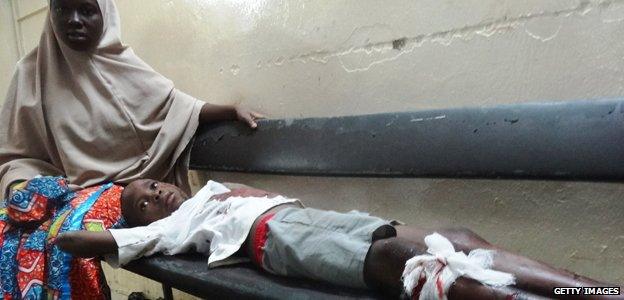
Deadly month of jihadist attacks
Boko Haram also struck over the border in Cameroon, killing 15 people. Meanwhile, in East Africa, al-Shabab took 266 lives in Somalia and Kenya.
Afghanistan suffered almost the same number of deaths as Nigeria (782) but they tended to be in smaller, targeted attacks, such as the shooting of the deputy governor of Kandahar.
In war-ravaged Syria, 693 people were killed; Yemen had 410 deaths in 37 attacks.
Of the 16 jihadist groups involved in the bloodshed, Islamic State was the most deadly, killing 2,206 people across Iraq and Syria - 44% of the total death toll.
The director of the International Centre for the Study of Radicalisation, Prof Peter Neumann, said Islamic State "has rivalled - if not replaced - al-Qaeda as the leader of global jihadism". Read Prof Neumann's full analysis.

Civilians the main victims
Civilians bore the brunt of the attacks with a total of 2,079 killed, followed by 1,723 military personnel.
But the proportions varied significantly between countries. In Nigeria, almost 700 civilians were killed, at least 57 of them children, whereas just 28 deaths were from the military.
In contrast, in Syria and Afghanistan, more than twice as many military personnel died as civilians.
Of the 146 police officers who died, 95 were in Afghanistan. Politicians and other officials were also targets in Afghanistan, and in Somalia, where 22 were killed.
Jihadists themselves were also killed in large numbers: 935 died in clashes or by blowing themselves up.
Bombs and bullets kill most
Taken together, bombs accounted for the most deaths, with 1,653 people killed in 241 explosions. These included 38 suicide blasts, which took 650 lives and 128 other bombs, such as improvised explosive devices (IEDs), which killed 555.
Some explosions were large and aimed at the public while others were highly targeted, such as the man who got inside a police headquarters in Kabul, Afghanistan, before blowing himself up.
Read Richard Galpin's account: Anatomy of a suicide
Gun attacks took at least another 1,574 lives, while a further 666 deaths were described as ambushes, many of which are likely to have involved shootings.
It is estimated that 426 people were murdered in execution-style killings, including 50 who were reported to have been beheaded in Syria, Yemen and Libya.
Among these were captured US aid worker Peter Kassig, who was beheaded along with a group of Syrians in the middle of the month.
Mortars and shelling killed 204 people and 49 were attacked with knives.
Prof Neumann said the range of tactics and methods of attack reflected "the increased emphasis on holding territory and confronting conventional forces".
Data journalism by Christine Jeavans and Nassos Stylianou, web development by Richard Bangay and Aidan Fewster, design by Charlotte Thornton. Data gathered by Paul Brown and colleagues at BBC Monitoring and Haidar Lapcha and Sophia Khan at the ICSR.
Data was also provided by ACLED, Iraq Body Count, South Asia Terrorism Portal, Syrian Network for Human Rights and Violations Documentation Centre in Syria.
- Published2 December 2015
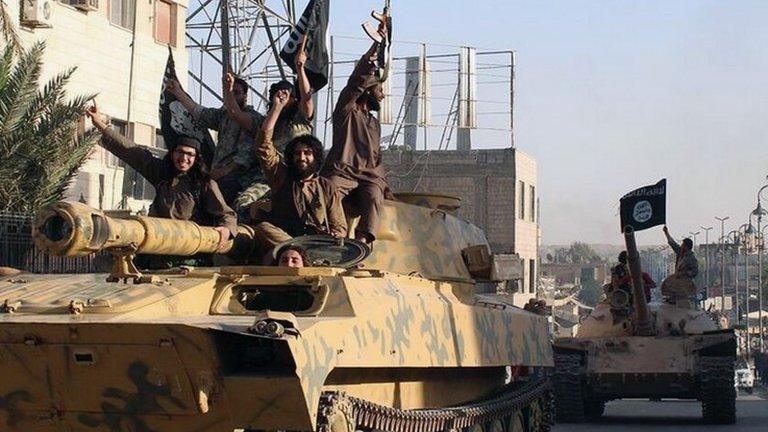
- Published1 November 2014
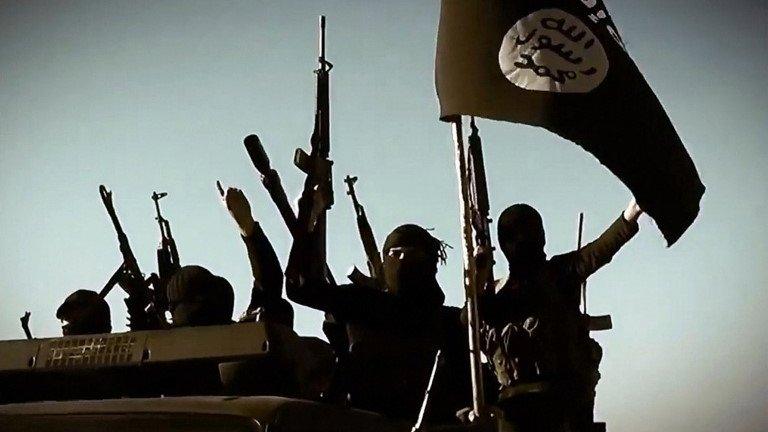
- Published17 November 2014

- Published24 November 2016
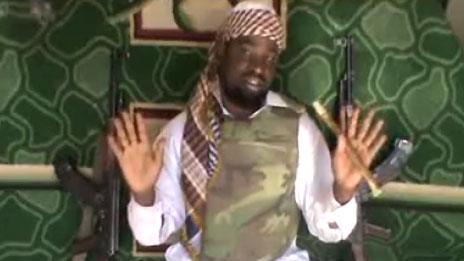
- Published10 November 2014

- Published30 November 2014
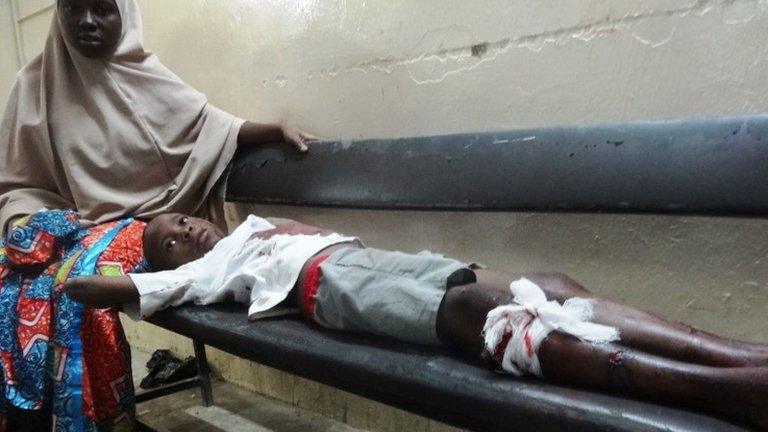
- Published12 August 2022

- Published30 November 2014

- Published16 June 2015
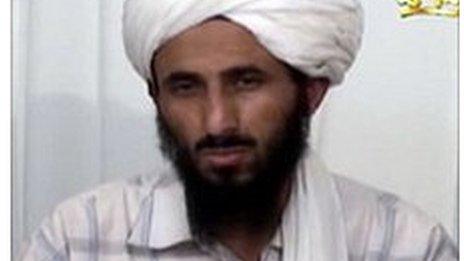
- Published7 November 2014
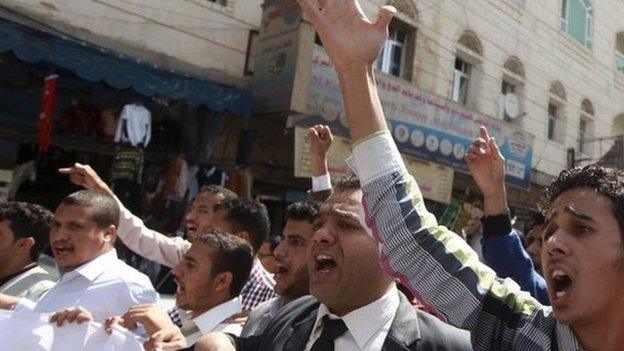
- Published22 December 2017

- Published22 November 2014
